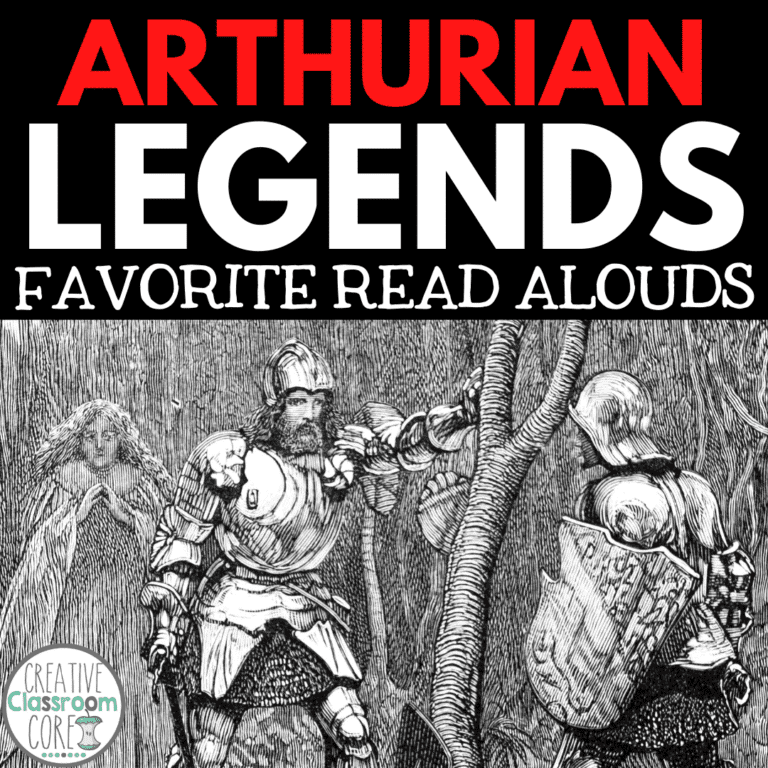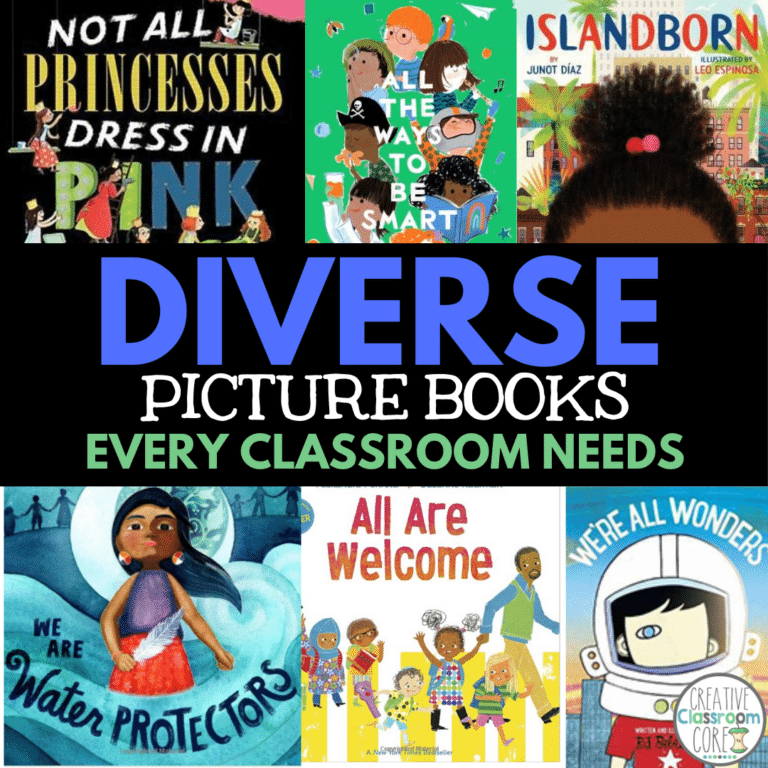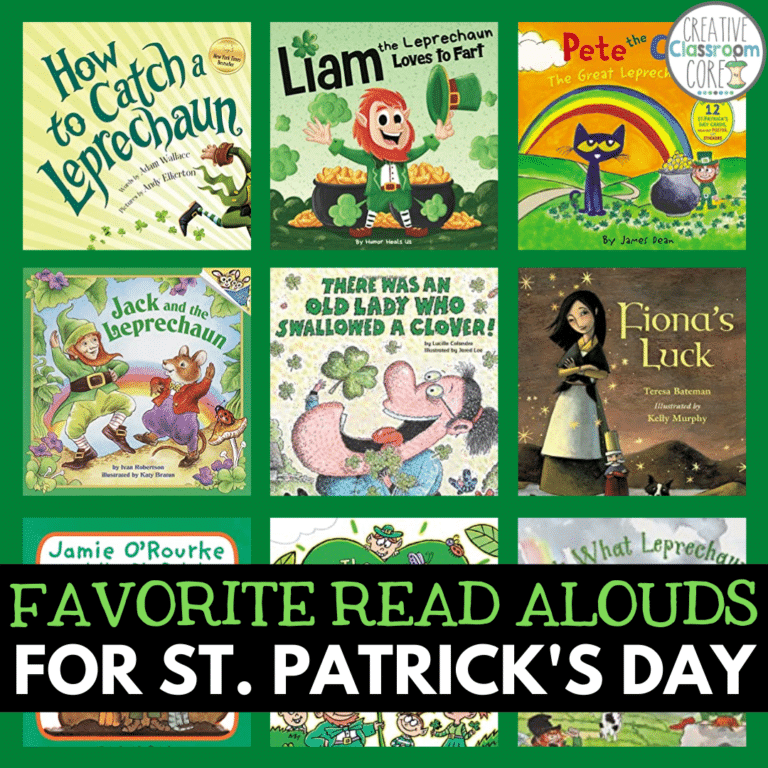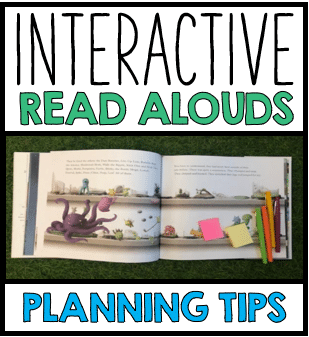Close Reading Strategies: Tips and Tricks
By MARISSA DESPINS Updated April 04, 2024
Welcome back friends! After talking all about Text Mapping in my last mini lesson focused post, I thought I should spend some time talking about close reading, and the benefits of using these strategies to aid comprehension in the classroom.
For some print-and-teach resources for teaching close reading strategies, check out the resources in my TPT shop by clicking on the image or button below!
What is Close Reading, and why is it important?
I was first introduced to this reading comprehension strategy at a professional development workshop a few years ago. It has since become a huge part of my teaching practice. Repeated readings and annotation of complex text has helped to deepen student understanding. It has also allowed students to make real life connections to what they are reading. Instead of rushing through text, as my students often do, students learn that some texts require multiple readings to fully understand. When we read something for the first time, we may notice some things, but not all. Sometimes texts require a second or third look to really grasp what is going on. We, as teachers, need to show students that certain texts are worthy of that level of attention.
For more information on teaching reading, check out our post on reading comprehension strategies!
What do the experts have to say about Close Reading?
According to gurus Fisher and Frey, Close Reading is “an instructional routine in which students are guided in their understanding of complex text”. Basically, Close Reading is an instructional approach that integrates several reading strategies, where students add knowledge gained from text to their schema. Doing so builds habits of successful readers, and builds stamina and persistence with complex text.
Close Reading, however, is not a complete reading program. It is best to think of it as another tool in your teacher toolbox. It works best for complex texts.
What skills do students need to access when using this strategy?
In order to read a text using this strategy, students must:
-interact with the text
-read strategically
-reread the same text multiple times to uncover layers of meaning that lead to deeper understanding
-focus on the author’s message
-analyze multiple components of the text and illustrations
-use their annotation skills
-answer text dependent questions
-use text evidence to defend ideas
According to Fisher and Frey, “the primary objective of a close read is to afford students with the opportunity to assimilate new textual information with their existing background knowledge and prior experiences to expand their schema”. Both Fisher and Frey agree that close reading needs to be done alongside other essential instructional practices, as these are vital to reading development. These practices include shared reading and instructional read alouds, teacher modeling, think alouds, guided reading, collaborative reading, discussion, and independent reading and writing.
What are the key features of a Close Reading lesson?
There are six key features to a quality Close Reading lesson. These include:
Short Passages – if the passage is too long, it becomes difficult for students to really dig deep.
Limited Frontloading – the cold read allows students to dive right into the text.
Text Dependent Questions – these encourage students to reread the text and facilitate conversations between students in small groups.
Repeated Readings – students should read text multiple times to aid understanding.
Complex Texts – texts should be above the reading level of most students.
Annotation – students should be taught to annotate text as they read to aid understanding.
What are the steps in the Close Reading process?
The first step is choosing an appropriate text. The text should be short enough to not overwhelm the student and to allow students to really focus. The text should also be complex enough to stand up to multiple readings – students should be challenged by the reading.
For each reading of the text, students should annotate. They should underline key words, circle sections they don’t understand, and write notes in the margin. I love using different colored pens and sticky notes for this, as well as annotation symbols. For a detailed handout showing the annotations that I have my middle school students use, check out my complete Close Reading package here, or click on one of the images at the bottom of this post. The excerpt from Rip Van Winkle that we are annotating in this image is also included in the package.
How does the small group discussion piece of Close Reading work?
An essential part of a lesson using these strategies includes small group discussions. This allows students time to discuss the text in detail, and helps them to uncover important things they may have missed. I have also found that the small group discussions break things up a bit, making the process a bit less taxing on the students – they love an opportunity to chat with their classmates, and as long as they are focused on the learning outcomes I am happy to provide time for it.
What are the phases of a Close Reading lesson?
Close reads can be divided into four basic phases. Students will read the text before each phase, allowing for repeated readings of the text. Students should discuss with their small groups during each phase. to facilitate understanding.
1) What does the text say? This involves the general understanding of the text and key details.
2) How does the text work? This involves students looking closely at the author’s craft, vocabulary, and structure.
3) What does the text mean? This involves the author’s purpose behind writing the text.
4) What does the text inspire you to do? This involves extended writing.
Through these 4 phases, students have the opportunity to fully immerse themselves in the text, allowing for deeper understanding.
Professional Reading Recommendations
I have spent a significant amount of time recently reading about what the experts think about these strategies, and ways it can be used in the classroom. I highly suggest you check out some of the books below to add to your professional reading library.
Falling in Love with Close Reading – Christopher Lehman and Kate Roberts
Text-Dependent Questions, Grades 6-12: Pathways to Close and Critical Reading – Douglas Fisher and Nancy Frey
A Close Look at Close Reading: Teaching Students to Analyze Complex Texts – Barbara Moss and Diane Lapp
Close Reading and Writing from Sources – Douglas Fisher and Nancy Frey
Illuminating Comprehension and Close Reading – Isabel L. Beck and Cheryl Sandora
Notice and Note: Strategies for Close Reading – Kylene Beers and Robert E. Probst
For more professional reading suggestions, check out our guide to summer reads for teachers!
Looking for some close reading resources you can use with your learners?
If you are looking for some great close reading resources to use in your classroom, I encourage you to click on the images below or check out my Teachers Pay Teachers store – I have a variety of engaging close reading resources available.
Is Close Reading a strategy that you use in your classroom? How do you incorporate it into your lessons? Let me know in the comment section – I am always so excited to learn from you all!
Looking for some free resources to try close reading out in your classroom?
Click here or on the image below to download a FREE close reading activity for Black History Month! This resource contains a close reading unit on George Washington Carver – complete with comprehension questions, graphic organizers, close reading activities, and more!
Looking for more information on close reading?
Check out another post featuring close reading activities by clicking here.
Interested in signing up for my email list?
If you are interested in signing up for my email list, you can do so by clicking on the link below. I periodically send out emails with free resources, teaching tips, and exclusive deals. Signing up will also give you immediate access to some of my best selling Interactive Notebook resources – foldables, graphic organizers, and other fun activities.








